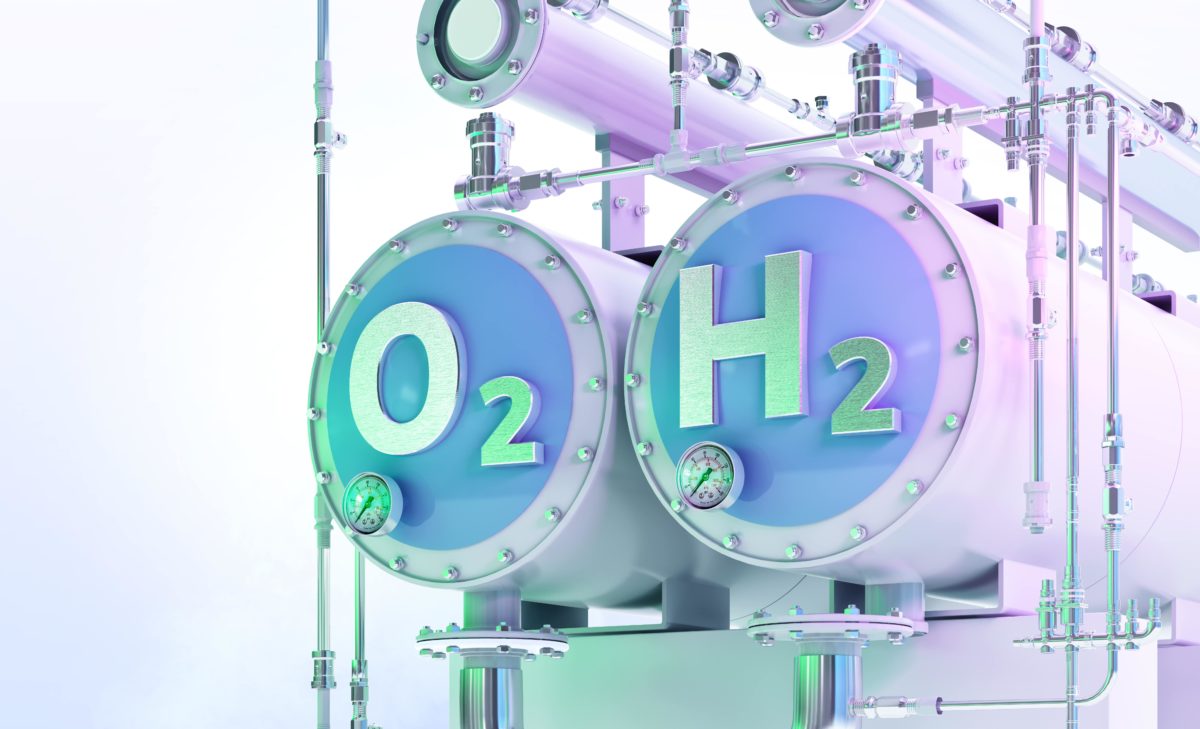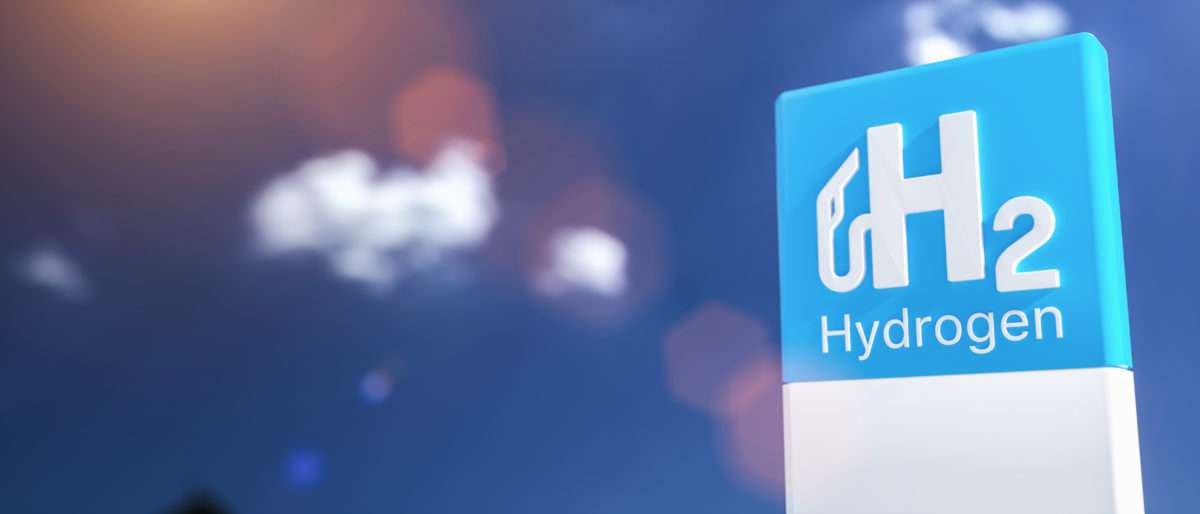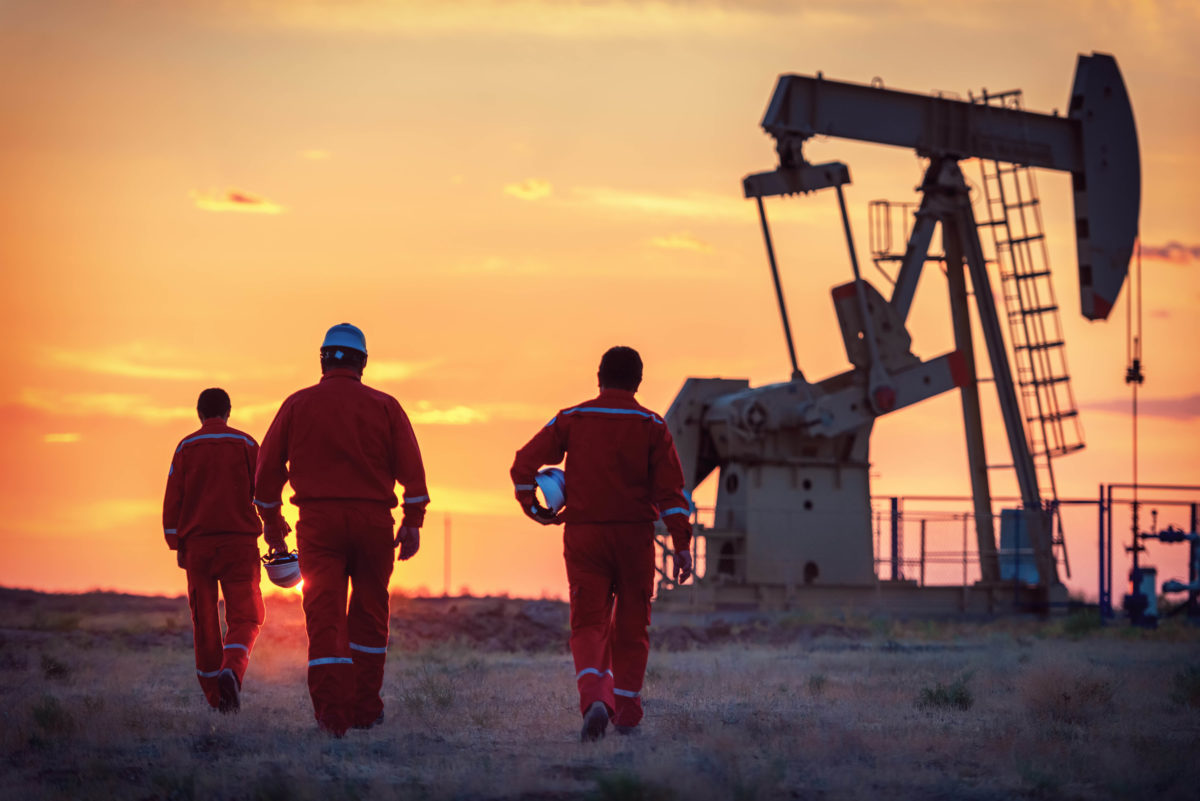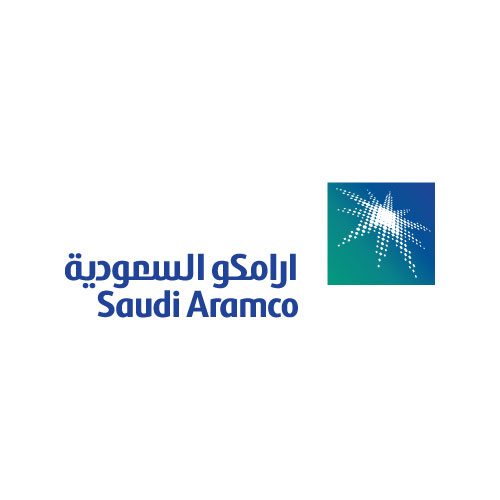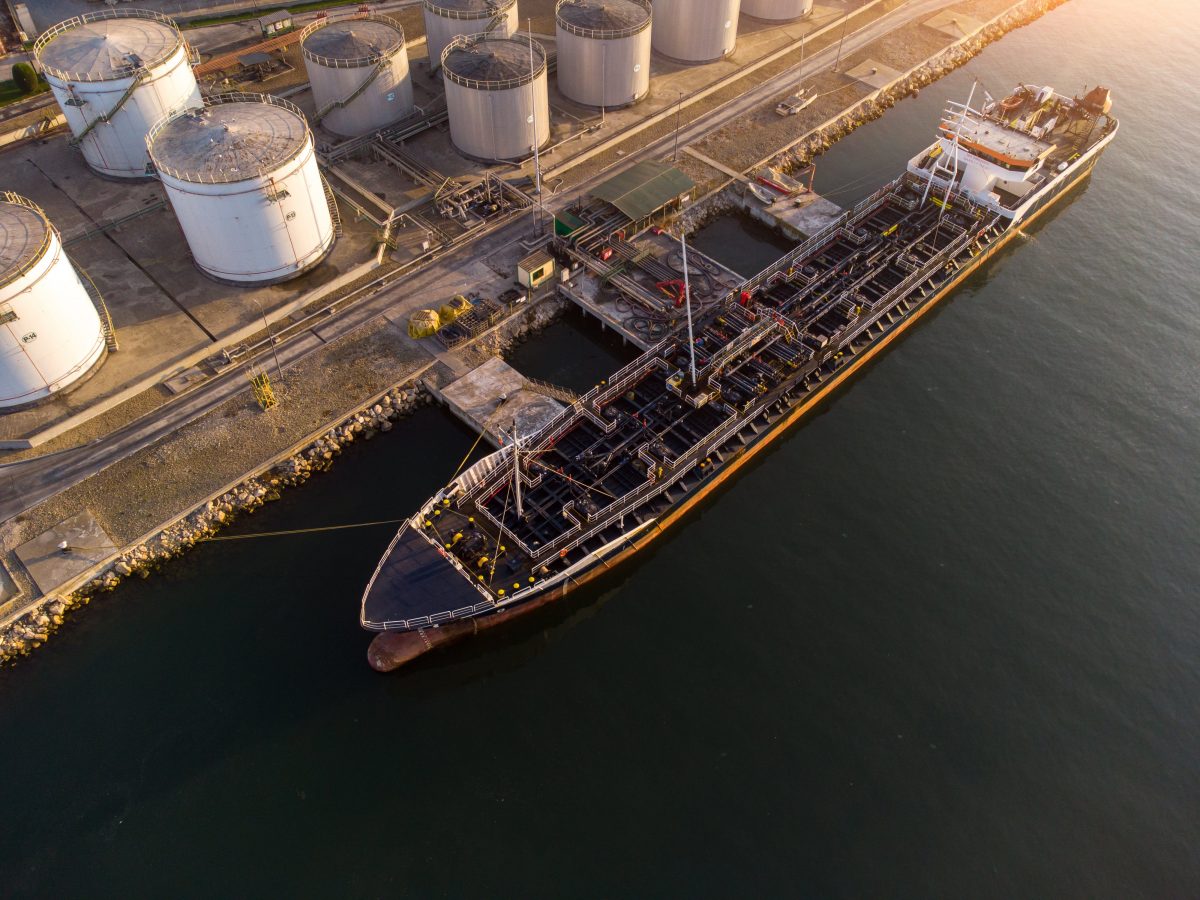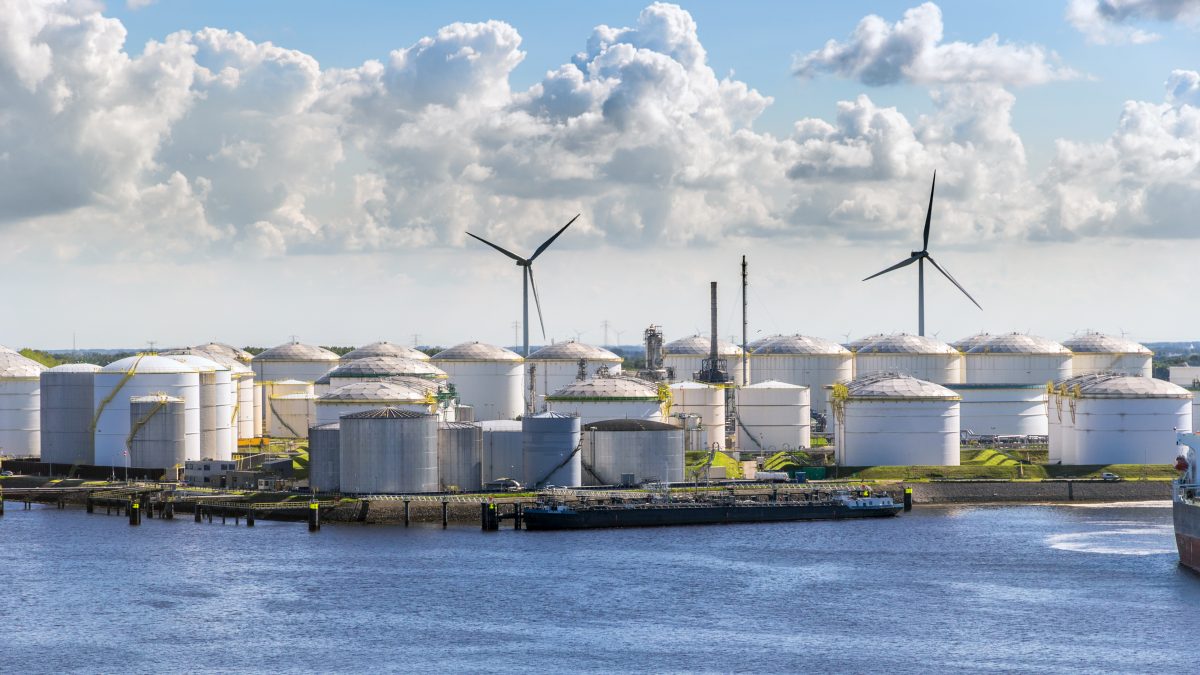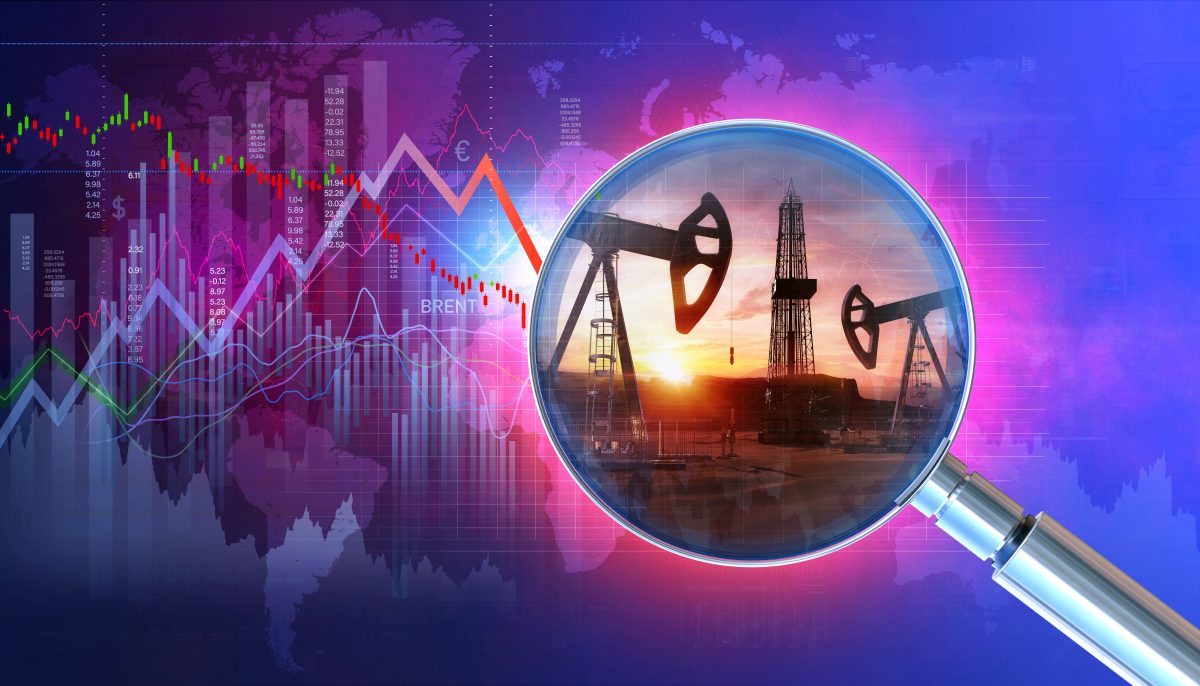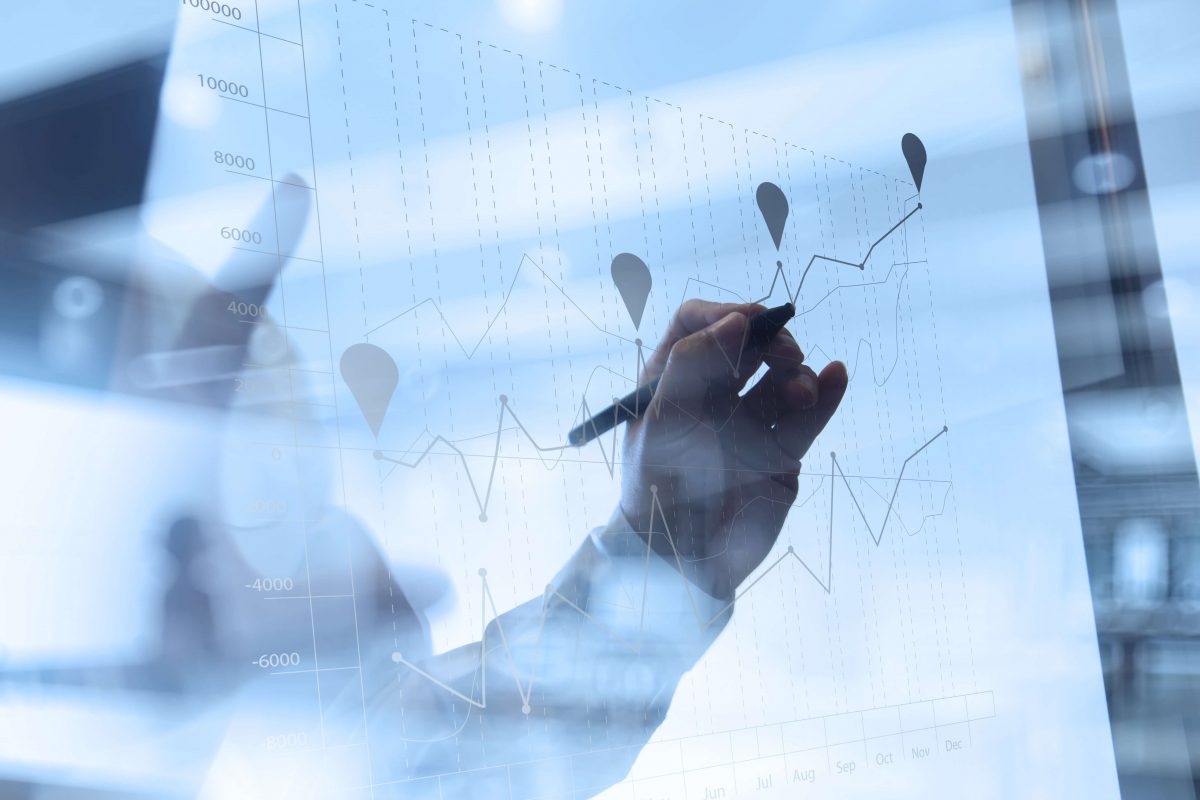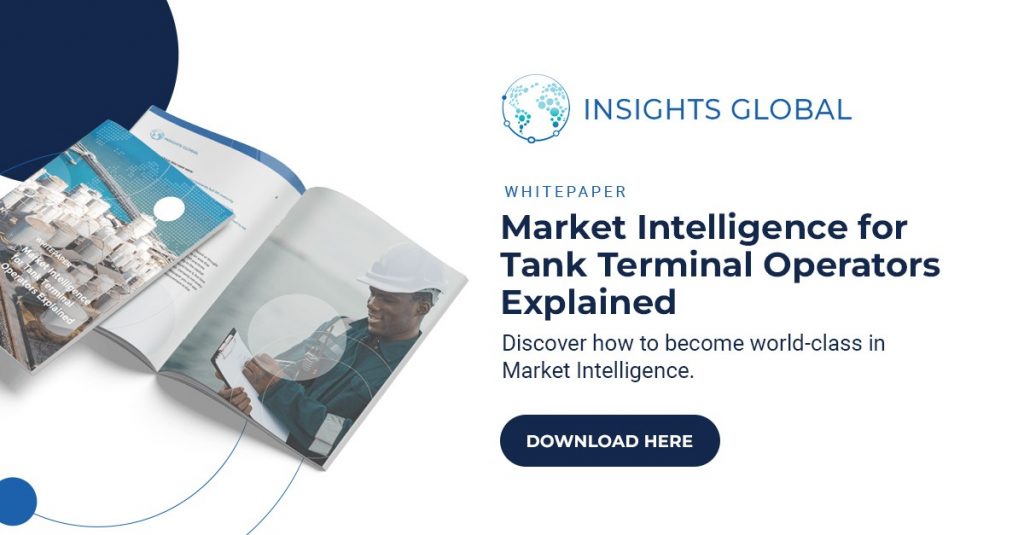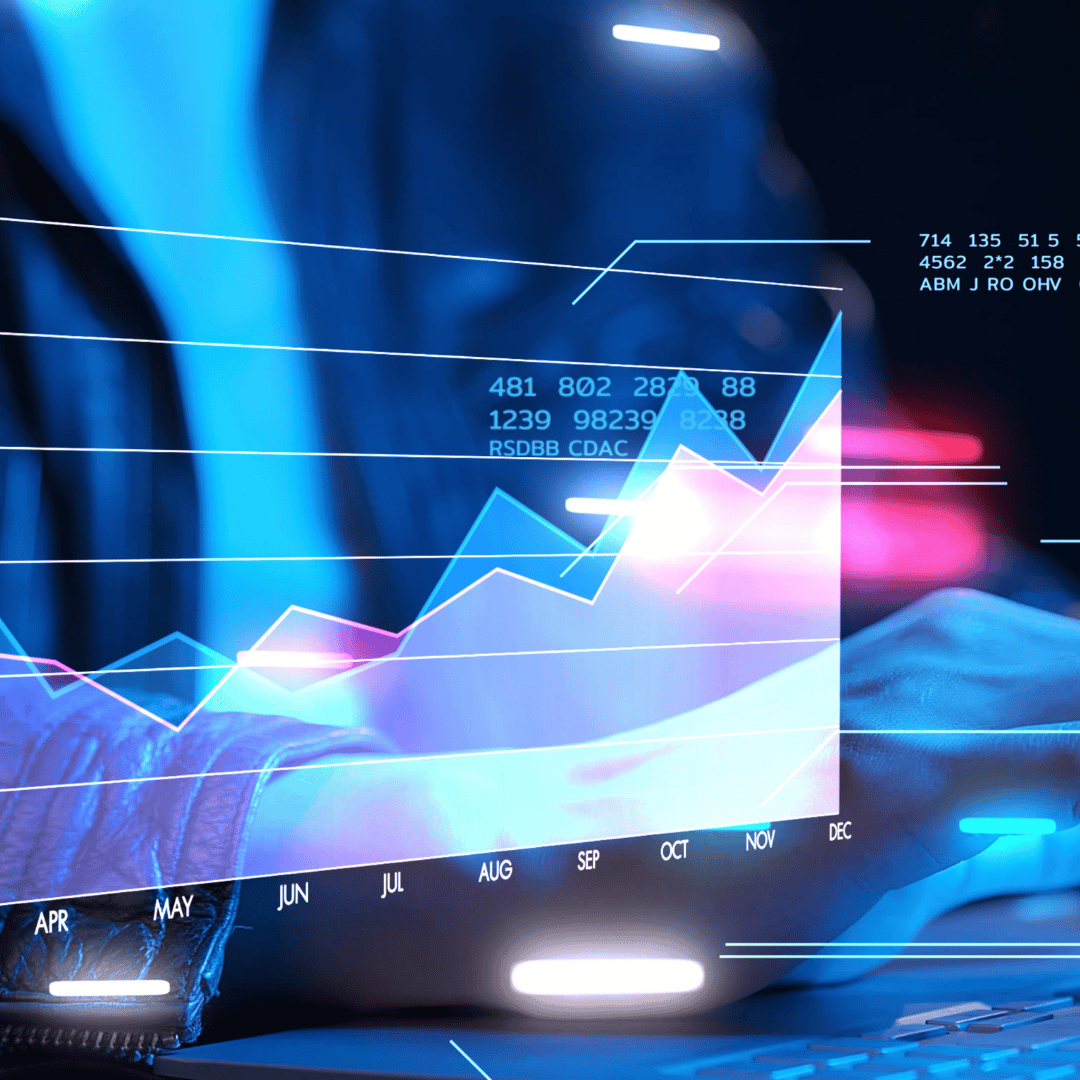Saudi Aramco eyes hydrogen deals in Japan.
The Sixth “Saudi-Japan Vision 2030” Ministerial Meeting was held in Tokyo under the auspices of the Saudi Ministry of Investment and the Japanese Ministry of Economy, Trade and Industry. On the Japanese side, Nishimura Yasutoshi, Minister of Economy, Trade and Industry, and Yamada Kenji, State Minister for Foreign Affairs, participated in the meeting, with Nishimura making the opening speech.
On the Saudi side, Khalid Al-Falih, Minister of Investment, gave an opening address, and was joined at the meeting by the Saudi ambassador to Japan, Naif Al Fahadi. The minister said that Saudi Arabia is “very keen on promoting and strengthening this strategic partnership with Japan as a reliable partner.”
Al-Falih said that the Saudi-Japan Vision 2030 meeting came just before Saudi Arabia’s Crown Prince Mohammed Bin Salman’s state visit to Japan from Nov. 19-21. The minister said that 89 of the initiatives from the vision are “being materialized, with some already completed.” He added that it was important to not only to ensure the quantity of these initiatives, but to also emphasize their quality.
Al-Falih said Saudi Arabia aims to be one of the world’s fifteen largest economies by the end of this decade.
Khalid Al-Falih, Minister of Investment said:
The Saudi economy is already expanding at 10.2 percent in the first three quarters of 2022.
Al-Falih
“That is the fastest growing rate among the G20 economies.”
“We now have over 40 industrial cities, already developed and many of them are hosting Japanese who are doing very well in the industrial sector,” he said. Al-Falih added that Japanese companies can invest in virtually all sectors of Saudi Arabia.
When it comes to space exploration, the Saudi minister said that the Kingdom has developed a new space strategy to join the “top ten space nations by 2030 and become a global space champion.”
“We will prioritize commercial returns from our space program, and bolster your competitiveness and increase our share of the space market and we would love to see the Japanese aerospace exploration agency JAXA participate in our space program,” he added.
Al-Falih told the audience at the Saudi-Japan Vision 2030 meeting that Saudi Arabia plans to significantly increase gas production capacity including producing and exporting LPG, which is key to the Japanese economy.
“We are investing here in Japan with Showa Shell initially, now with Idemitsu, But we will also invest in Saudi Arabia,” he said.
Blue and green hydrogen are also important for Saudi Arabia’s agenda, Al-Falih said. “Blue and green hydrogen are being invested in in Saudi Arabia at a scale nobody else is doing, and we started the discussion with our Japanese counterparts more than ten years ago.” Al-Falih said he signed an MOU when he was last in Japan and helped join forces with the Japanese led hydrogen council to signify and ARAMCO.
“In NEOM, the world’s largest hydrogen project is being built and ARAMCO is investing to produce 11 million ton of blue hydrogen that is being done in coordination and consultation with Japanese companies,” he explained.
Al-Falih congratulated Japan on its progress made for Expo 2025 Osaka, Kansai, adding that Saudi Arabia is actively working on hosting Expo 2030 in Riyadh. Nishimura, who is also chairman of the Japan-Saudi Parliamentary Friendship League, welcomed the Saudi delegation and emphasized the importance of the two countries’ relationship.
Nishimura Yasutoshi, Minister of Economy, said:
For Japan, which imports approximately 40 percent of its crude oil from Saudi Arabia, Saudi Arabia is the most important partner in terms of energy security.
“I would like to once again express my gratitude for the stable supply of crude oil over the long term. I also expect Saudi Arabia to take a leadership role in stabilizing the international crude oil market as the situation in Ukraine makes the global energy supply and demand uncertain.”
“In addition, the socio-economic reforms and mega-projects promoted by Saudi Arabia’s leadership have become even more important as new growth drivers for the Middle East and for realizing the global trend toward carbon neutrality.”
“Japan will contribute to the economic and social reforms of Saudi Arabia through the Japan-Saudi Vision. Together with the people of Saudi Arabia, we will further accelerate and further expand our efforts.”
Nishimura explained that since the Fifth Ministerial Meeting two years ago, “steady progress” has been made. He went through some of the representative initiatives which included cooperation in the field of clean energy. “[Clean energy] is important for the oil-free reform that Saudi Arabia is aiming for.
Last month, JOGMEC and Saudi Aramco signed a comprehensive cooperation agreement in the field of hydrogen and ammonia. We will accelerate cooperation toward the realization of a sustainable society,” he said.
Nishimura added that demand for housing construction is “strong in Saudi Arabia.” “A Japanese building materials company has started a project to manufacture and supply houses in Saudi Arabia using a concrete 3D printer in cooperation with a Saudi conglomerate,” he said.
The Japanese minister said they are proceeding with a plan to establish an R&D center in Namie Town, Fukushima Prefecture, to accept and train around 100 Saudi engineers annually. He added that they will “contribute to the realization of a digital society with Japanese technology in specific fields such as construction.”
Another representative initiative includes cooperation in new fields that capture the social reforms of Saudi Arabia.
In the entertainment field, e-sports competitions between the two countries were held in both Japan and Saudi Arabia. Also, at the 2nd Saudi Anime Expo held in Riyadh last month, many Saudi and Japanese cosplayers dressed as Japanese anime characters such as ‘Dragon Ball’ and ‘Kimetsu no Yaiba’.
“It is a great pleasure that Japan’s content industry is contributing to economic and social reform, and the Ministry of Economy, Trade and Industry will continue to support this field,” he said. “Finally, I would like to express my respect for the leadership of everyone in attendance and the efforts of all the organizations involved in supporting the project, ‘Shukran Jazeelan‘ (thank you very much)” Nishimura concluded by thanking his guests in Arabic.
The event was concluded by Minister Nishimura’s closing remarks, whereupon the delegations moved to another room for signing of agreements and the exchange of gifts.
Highlights:
- Saudi Arabia is “very keen on promoting and strengthening this strategic partnership with Japan as a reliable partner,” said Khalid Al-Falih, Minister of Investment
- He congratulated Japan on its progress made for Expo 2025 Osaka, Kansai, adding that Saudi Arabia is actively working on hosting Expo 2030 in Riyadh
Sixth ‘Saudi-Japan Vision 2030’ Ministerial Meeting takes place in Tokyo, Tokyo, November 8, 2022.
By Hydrogen Central, November 18, 2022

